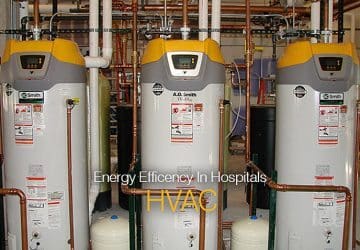Tips For Successful Energy Efficiency Of Centrifugal Water Chillers
Centrifugal water chillers comprise a significant portion of industrial and large commercial electrical load. These machines are efficient, typically producing a cooling effect two-to-three times greater than the required energy… Read more
May 30, 2016 | By Edvard Csanyi
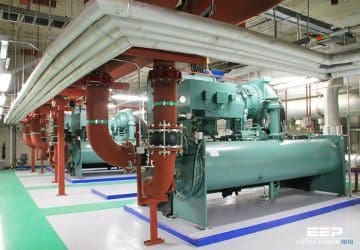
8 actions to improve energy efficiency in heating systems
In many buildings, HVAC is the first or second item in terms of energy costs. This technical article deals with optimisation tips and energy efficiency savings in heating systems of… Read more
Feb 05, 2016 | By Edvard Csanyi
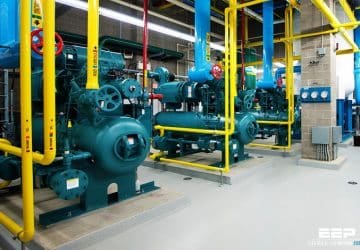
Eleven energy-efficiency improvement opportunities in compressed air systems
Instrumentation consumes large amounts of compressed air at many individual locations in a textile plant, but these uses are susceptible to leakage. Most such leaks are at threaded connection points,… Read more
Jul 24, 2015 | By Edvard Csanyi
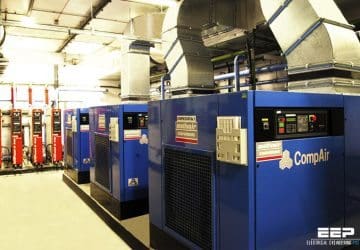
Six energy efficiency improvement opportunities in fan systems
Efficiencies of fan systems vary considerably across impeller types. The average energy saving potential in these systems in the U.S. manufacturing industry is estimated at 6%. For optimal savings and… Read more
Mar 27, 2015 | By Edvard Csanyi
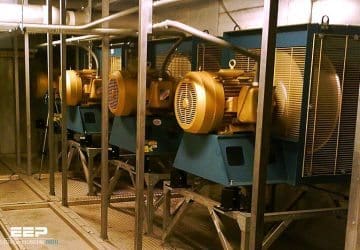
Jet pumps used for private well systems or low flow irrigation applications
Jet Pumps are mounted above ground and lift the water out of the ground through a suction pipe. Jets are popular in areas with high water tables and warmer climates…. Read more
Aug 12, 2013 | By Edvard Csanyi
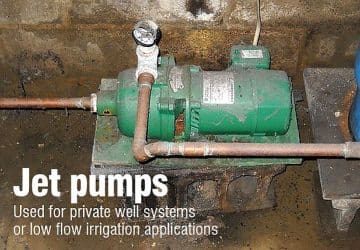
How to Maximize Chiller Efficiency?
Chillers are the single largest energy-using component in most facilities, and can typically consume over 50% of the electrical usage. Chillers use approximately 20% of the total electrical power generated… Read more
Sep 04, 2012 | By Edvard Csanyi
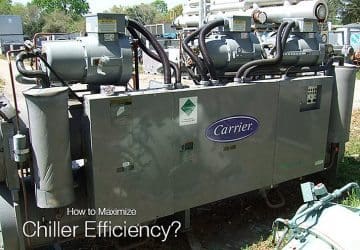
Potential Energy Savings In Utility Buildings Using EIB
Flexibility, utilisation value and energy saving are the three main requirements for utility buildings (administration, office and public buildings, schools, hospitals, etc.). Apart from recouping investment costs, so-called life-cycle costs… Read more
Jan 11, 2012 | By Edvard Csanyi
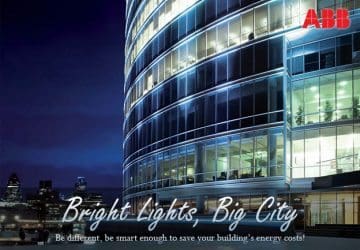
How heat pump works?
The heat pump transfers the heat between the heating/cooling distribution system and the earth connection. It is the basic building block of the GSHP system. The most common type of… Read more
Jun 10, 2011 | By Edvard Csanyi
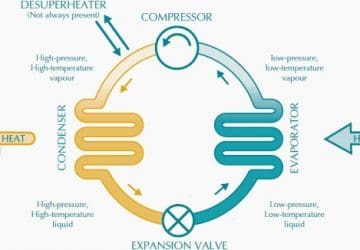
District heating – Heat from a central boiler plant
District heating is a system which provides a number of buildings with heat from a central boiler plant through pre-insulated pipes. Pre-insulated pipes are in fact a modern kind of… Read more
Mar 03, 2011 | By Edvard Csanyi
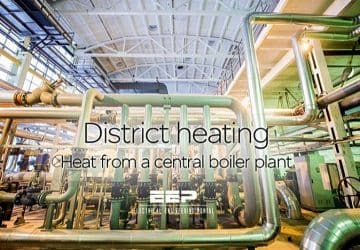
Energy Efficency In Hospitals – Cogeneration (6)
Cogeneration is combined generation of heat and electricity. The advantage of cogeneration is that it enables the heat released by electricity generation to be used. The most well-known form of… Read more
Jan 02, 2011 | By Edvard Csanyi

Energy Efficency In Hospitals – Compressed air
Compressed air is an essential form of energy for a hospital. Depending on the requirements it can be divided into: – Medical compressed air and – Technical compressed air Medical… Read more
Dec 27, 2010 | By Edvard Csanyi
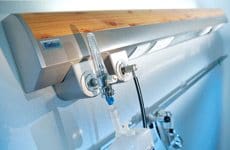
Energy Efficency In Hospitals – HVAC
In the following lines we will look at a number of case studies for energy saving options. These are subdivided into the following areas: – HVAC – Compressed air – Steam –… Read more
Dec 25, 2010 | By Edvard Csanyi
